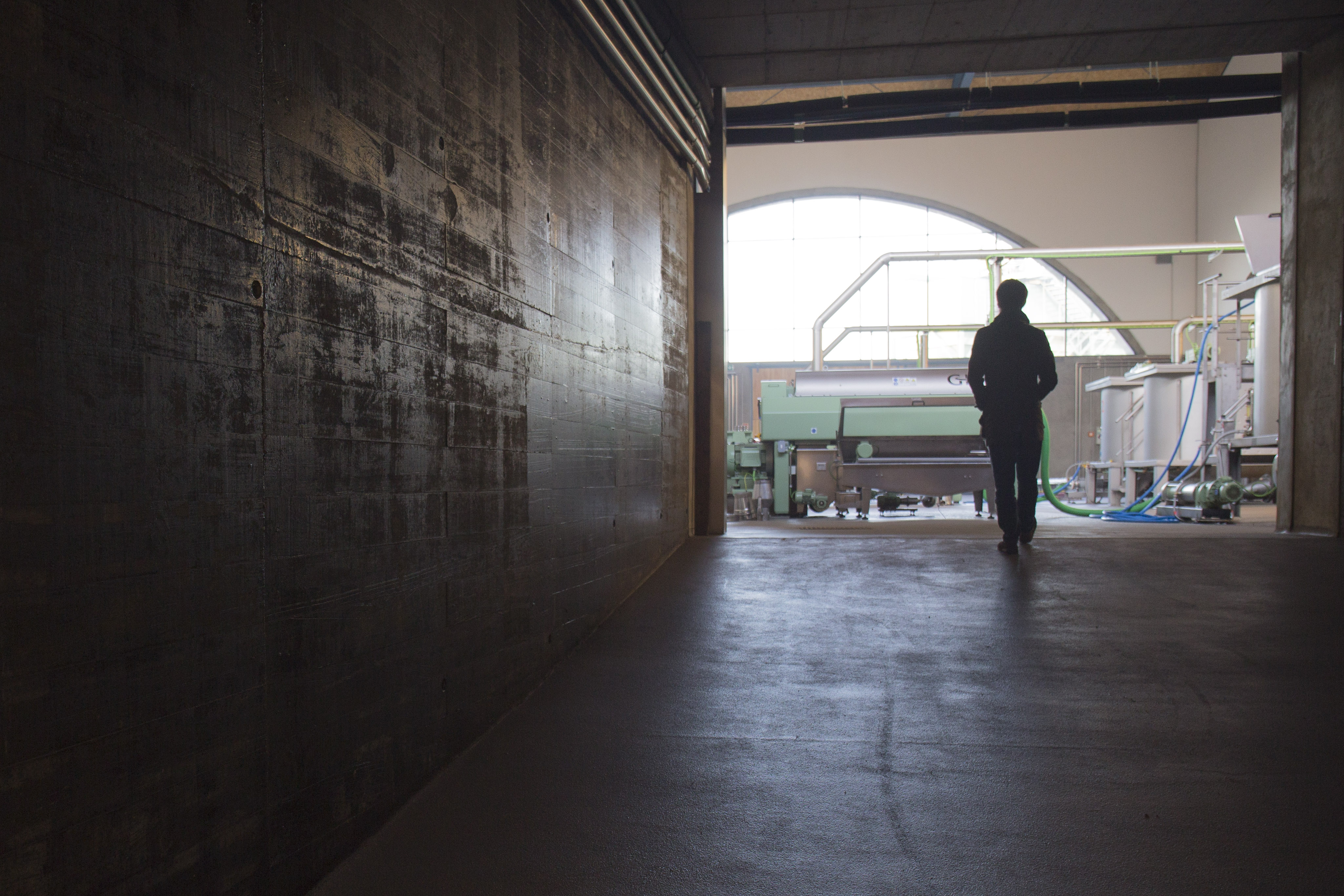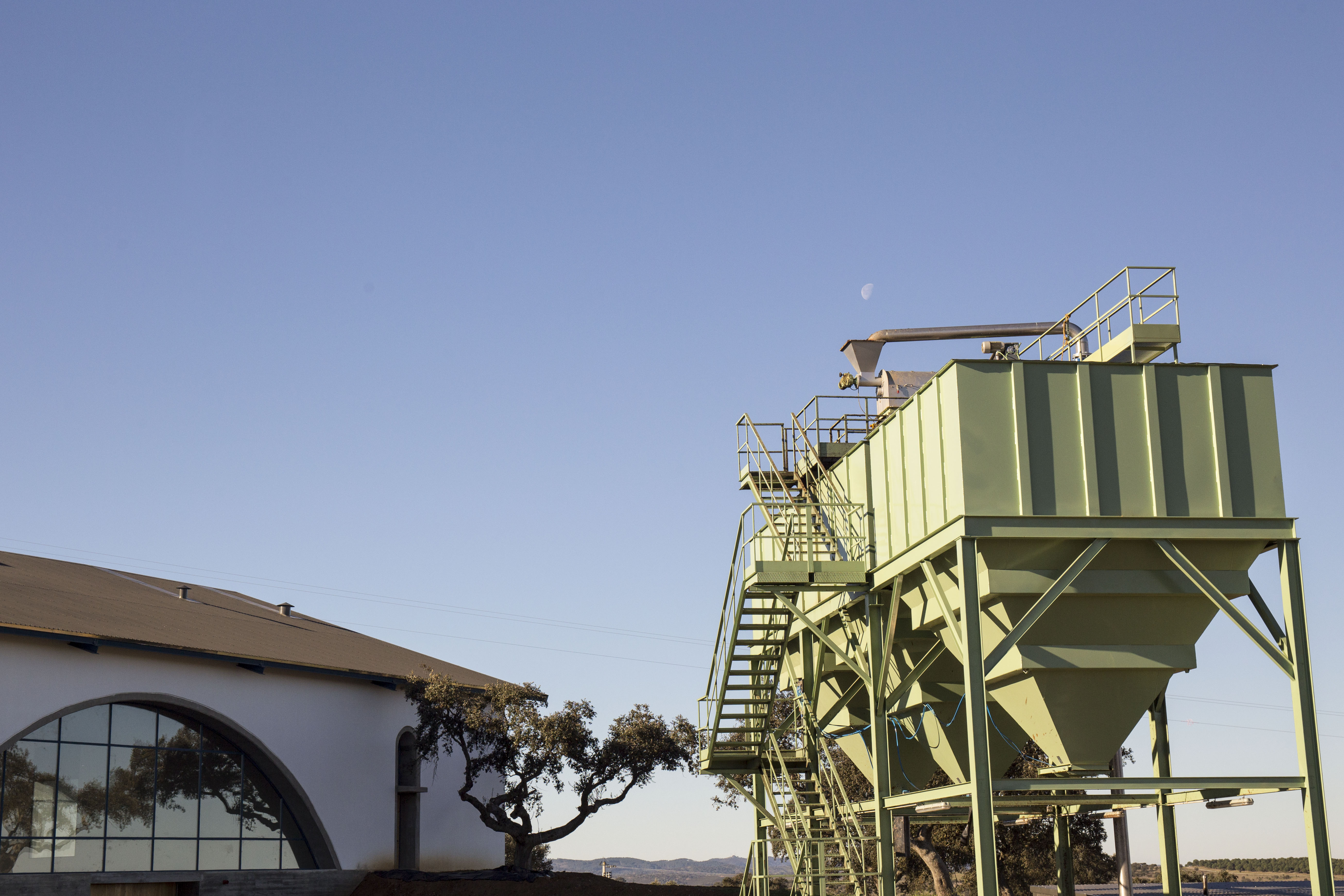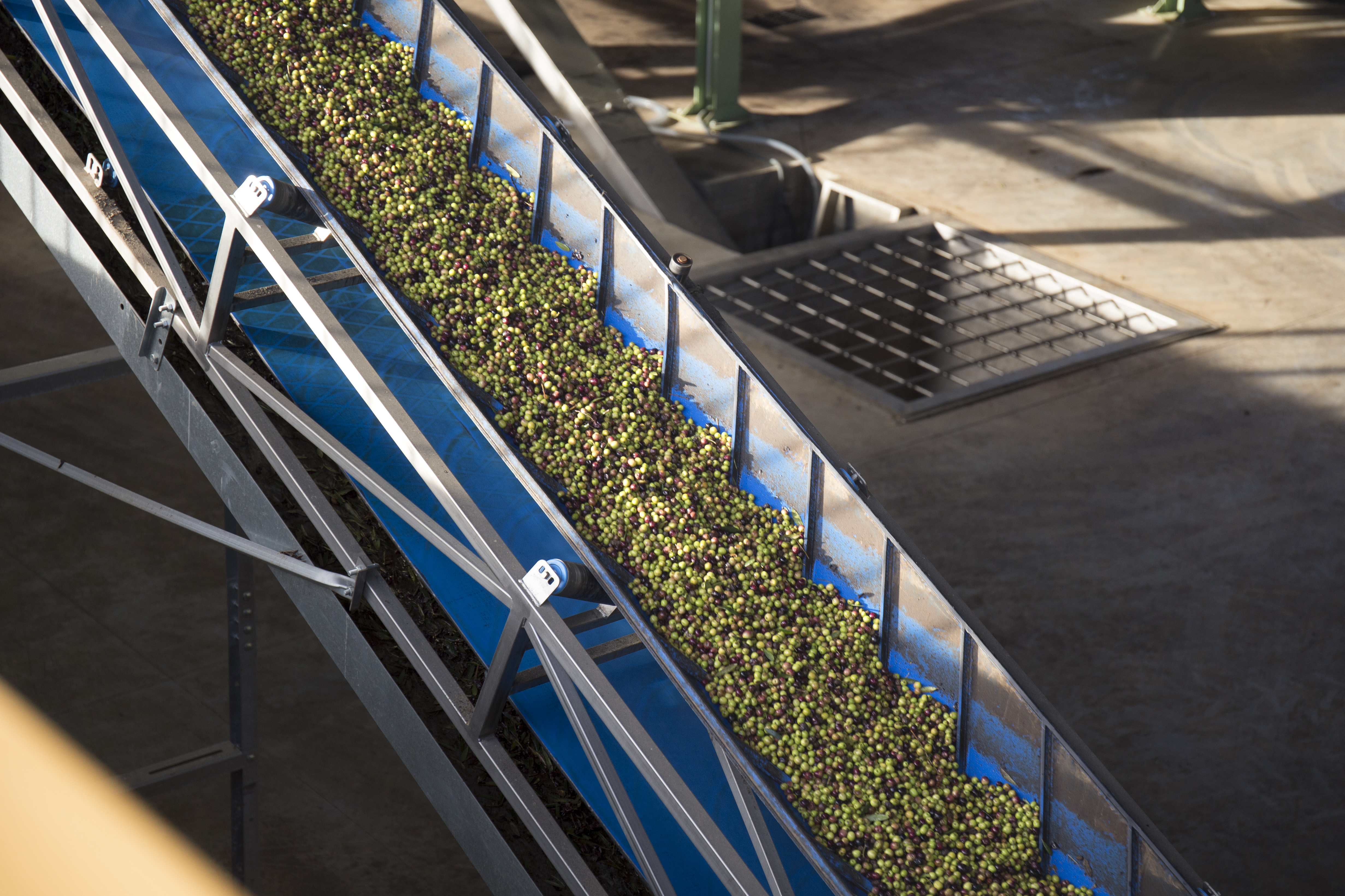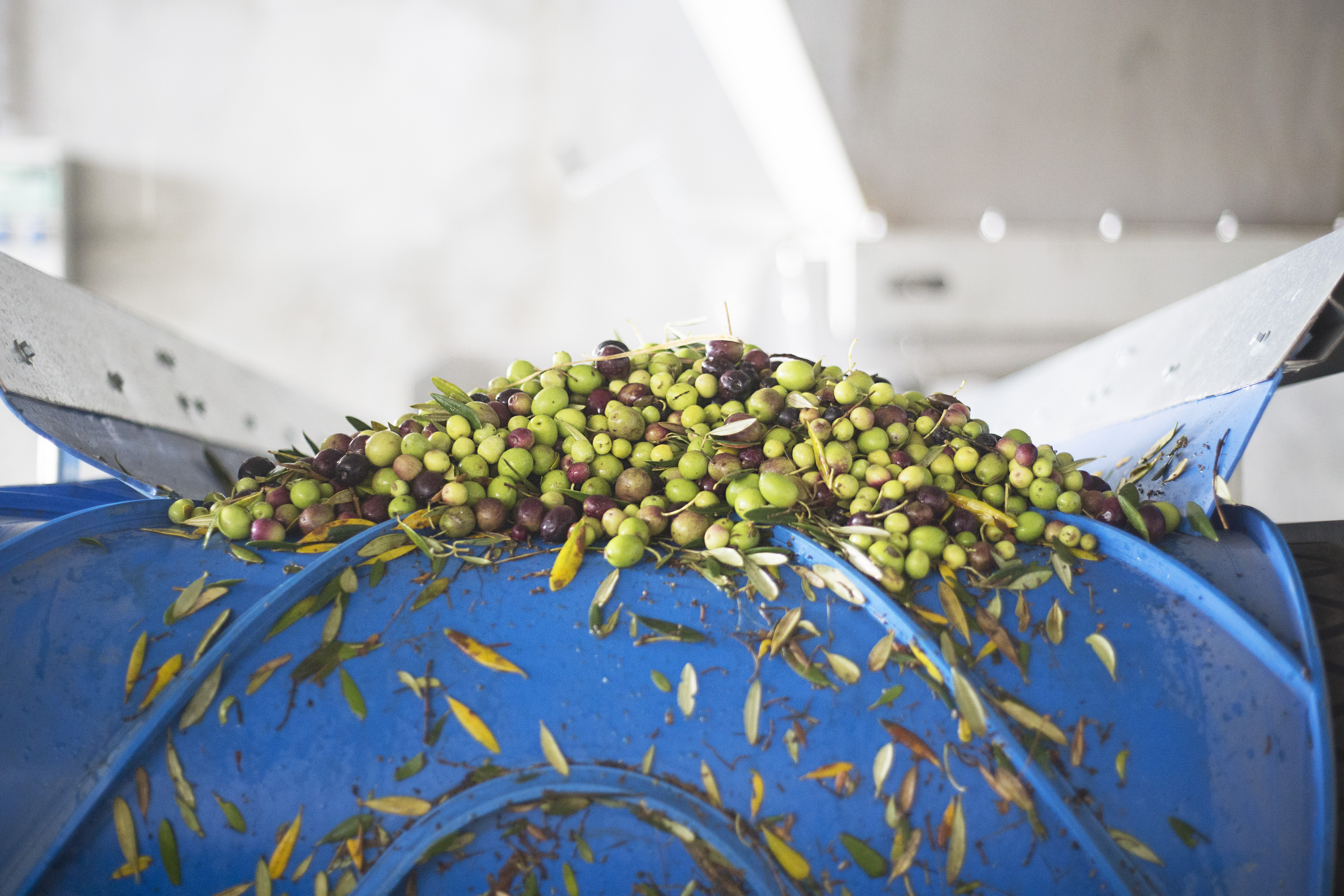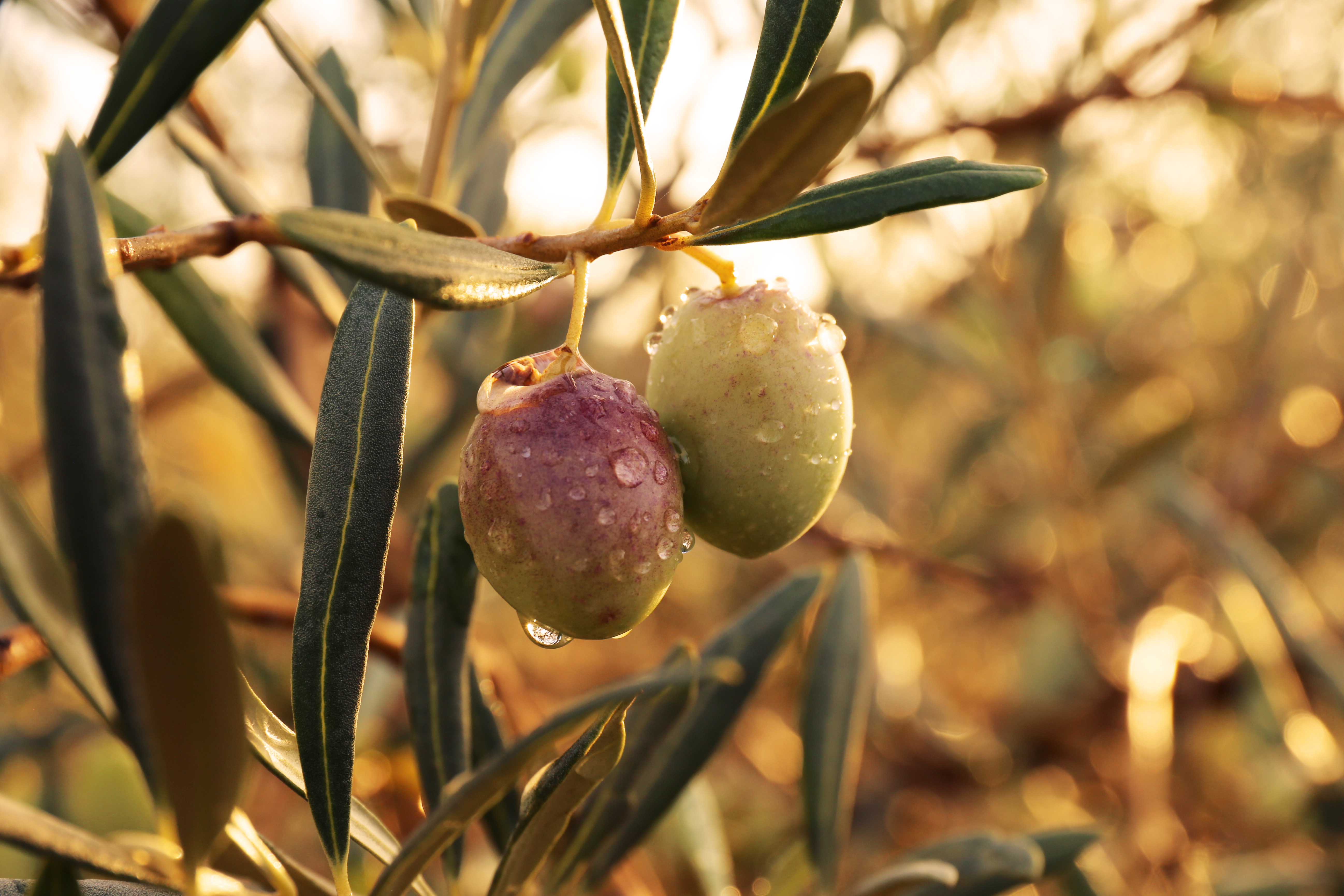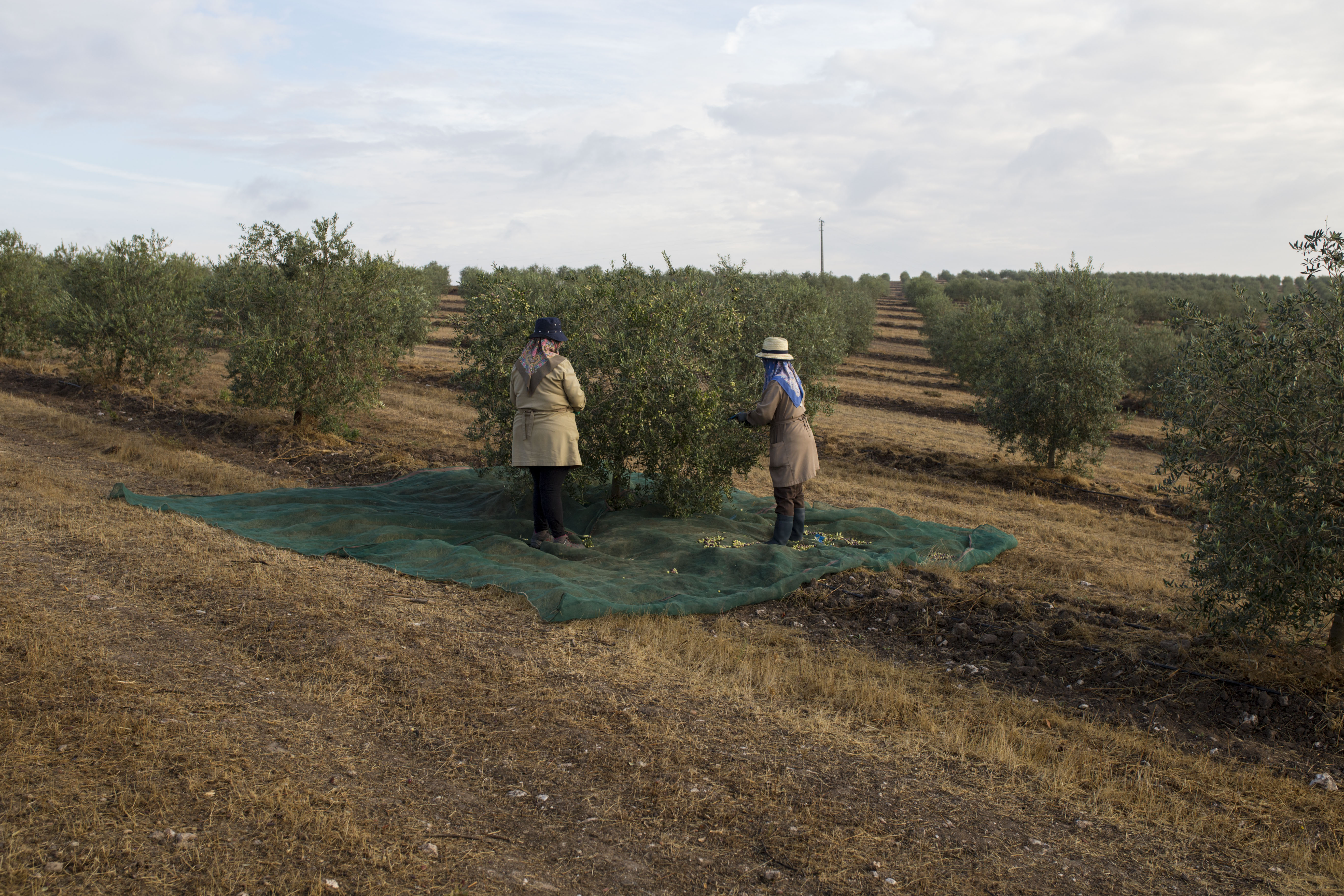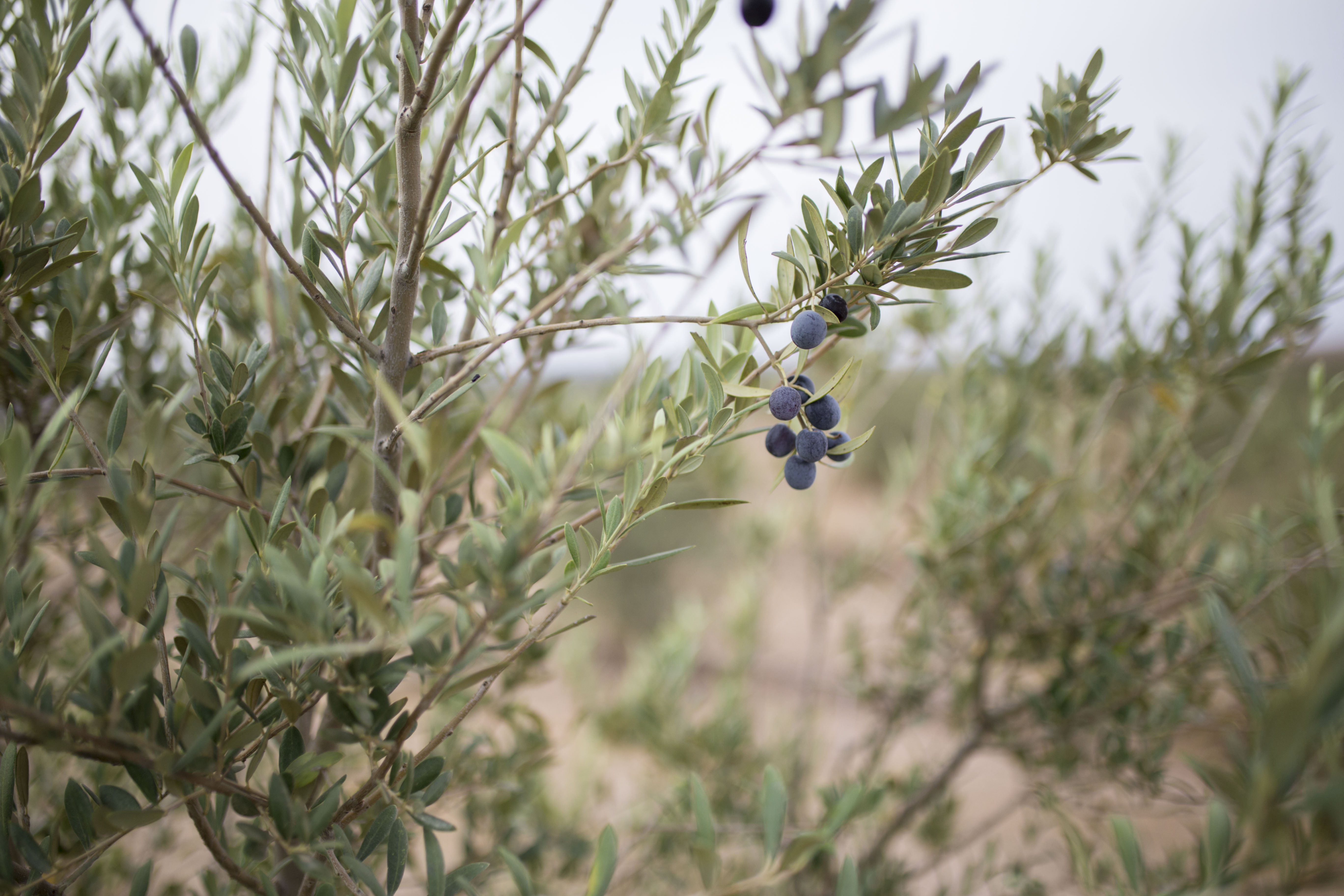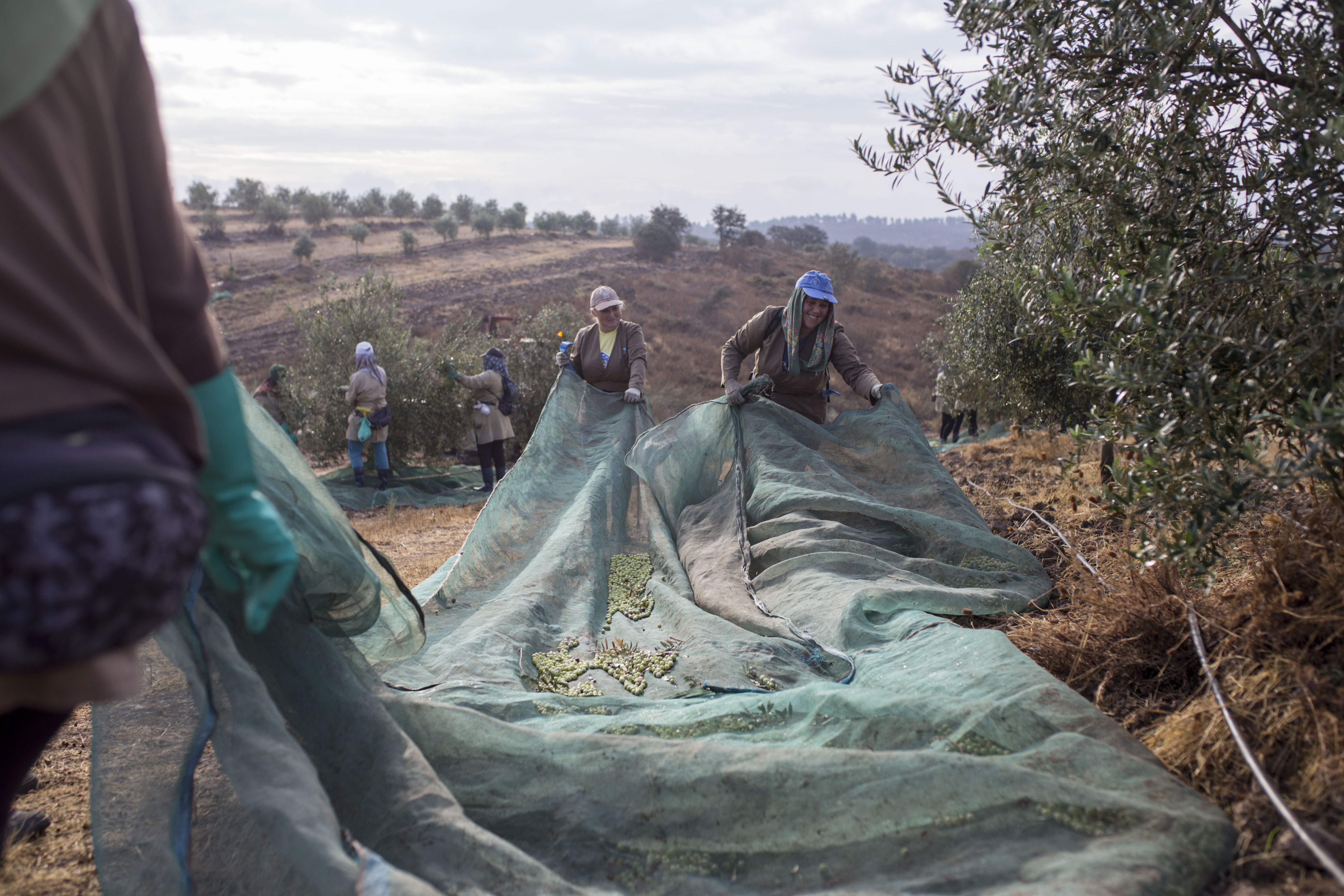Ao fazer download e/ou usar algum dos materiais gráficos disponibilizados na presente página, reconhece que leu, compreendeu e concorda com o Acordo de Uso de Imagens e Vídeos (doravante Acordo) abaixo, que rege o uso de imagens e vídeos do Esporão, S.A.. Caso não concorde com os termos do Acordo, deverá abster-se de utilizar ou copiar os referidos materiais gráficos, a não ser que tenha uma permissão escrita devidamente assinada por um representante do Esporão, S.A..
Estando sujeito aos termos deste Acordo, poderá usar as imagens e vídeos, apenas de forma integral, para uso editorial e/ou para análise da indústria. Este direito de uso é intransmissível a outras pessoas singulares ou colectivas. O material gráfico não pode, em nenhuma circunstância, ser usado para promover ou vender qualquer produto, serviço ou tecnologia (v.g., em publicidade, brochuras, livros, fotos, ou qualquer tipo de merchandising), excepto se existir uma autorização prévia para o efeito, devidamente assinada por um representante do Esporão, S.A.. O direito de uso não permite a alteração ou modificação das imagens ou vídeos, no todo ou em parte, qualquer que seja o motivo.
O Esporão, S.A. é e continuará a ser o único e exclusivo proprietário dos conteúdos aqui apresentados. É expressamente proibido apagar, alterar ou ocultar quaisquer avisos de propriedade relacionados com a imagem ou vídeo e, em cada utilização, a imagem ou vídeo em causa será claramente identificada como pertencendo ao Esporão, S.A.

